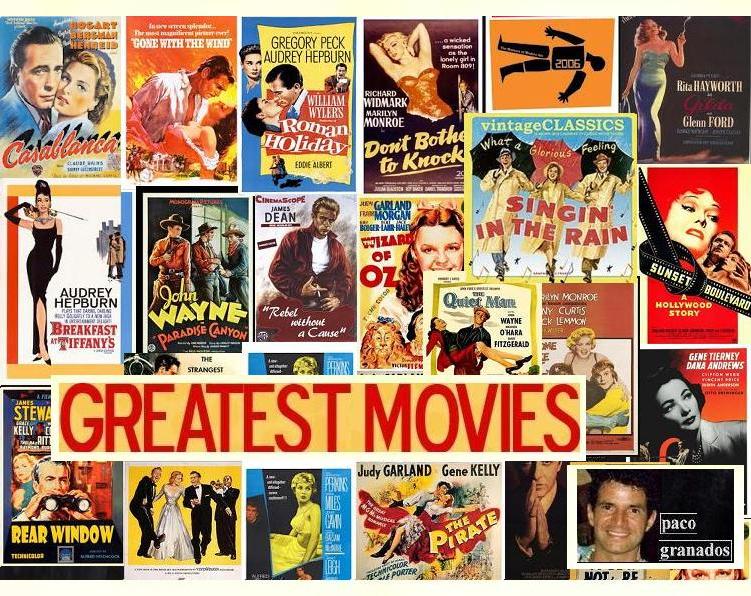Director: Frank Capra
Clark Gable, Claudette Colbert, Walter Connolly, Roscoe Karns, Jamenson Thomas, Ward Bond, Eddy Chandler, Arthur Hoyt, Alan Hale
It Happened One Night directed by Frank Capra was made and released in 1934 by Columbia Pictures as a small budget film that was not expected to do well at the box office. Yet, after its release the film gained many accolades and won the Academy Award for best picture in 1934. Due to the original small nature of the film, the leading man role was surprisingly filled by Clark Gable who was on loan from another studio. He stared opposite of Claudette Colbert. Capra's film was a combination of many ideals, emotions and social perceptions of the American society of the thirties but it was also a combination of many new and innovative filming techniques and sound advancements. The film unfolds the story in such a attention-grabbing and remarkable way that most of today's cinema use his style and ideals when producing and creating films. Capra used the idea of a moving camera, one that was not fixed upon a box, but on a moveable crane instead. This produced more sweeping shots, more angles for filming and fewer distance shots. It allowed for more movement of the actors as well as a more realistic and real life feeling to the movie. The film also incorporates back projection of images. This is were a scene is filmed previously and played in the background while the actors perform the scene in front of the projection. Back projection is used for car scenes to give the impression that the actors are driving but in reality they are in a sound stage. Capra also incorporated the use of a wipe in his film. The technique of moving left to right and fading in or out to change a scene or show elapsed time took the place of the traditional place cards in silent films and allowed for a more constant stream for the film. The film was also all talk, the new technology of a sound strip on the side of the film was used. The text cards of silent films were completely discarded. Another camera trick by Capra is to show a change in feelings within Clark Gable's character for Claudette Colbert's character by depicting her character in a different light. This happens two times within the film at key moments to the development of their relationship. Claudette Colbert is seen in a close up of softer light to emphasize Clark Gable's character seeing her in a `different light.' In this romantic comedy Capra not only showed new styles and techniques but also addressed social issues of the time. Through comedy he showed the outlandish nature of the rich (King arriving for his own wedding in a helicopter) and the nature of man being the controller in relationships as well as in society. The fighting and struggles between the two main characters showed the man taking care of the woman, the social norms of how men and woman should act around each other in that era. But the fighting and the banter also show a strong-minded and intelligent woman. The two strong-willed main characters balanced each other out.
Capra's techniques for showing the social relationship between the rich and working classes as well as a relationship between man and woman in the 1930s captured film makers and film viewers for over 70 years. Films are now compared to his style of camera movement and his style of capturing the American ideals. When movies of today make a similar statement of achieving what one wants they are referred to as Capra-esc. Capra's imagination and style is one that changed the outlook of American films and introduced a new genre to film goers everywhere.


















































No comments:
Post a Comment